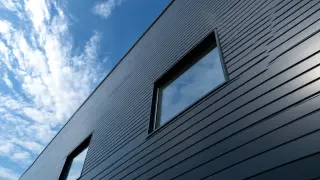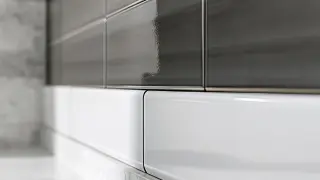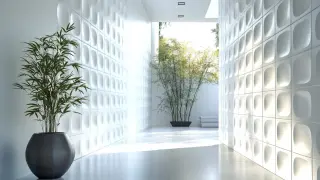Leave Your Message
In contemporary years, the construction industry and interior design have been posing an increasing development for innovative materials, which must be durable as well as aesthetically appealing. One of the finest solutions out in the market today is PVC Cladding Exterior. On the way to 2025, it is important for the buyers to understand the advantages and prospects for this material. PVC cladding is an exterior system that is versatile and easy to maintain, which therefore appeals to both homeowners and builders who are striving for perfection in terms of functionality and style.
At Shandong Eco Decoration Materials Co., Ltd., we are committed to being a pioneer in the manufacturing and designing of eco-friendly materials. Because of our extensive experience in foreign trade exports, we can equally provide high-quality products that keep pace with the ever-altering demands from our customers' end. With our all-encompassing lineup starting from PVC cladding and ending in many more innovative outdoor solutions, we are convinced that the future of building aesthetics relies on sustainable materials that neither compromise on quality nor performance. Let us now look ahead and explore the use of PVC cladding in exteriors, dispensing learned opinions to assist in considered buying choices.
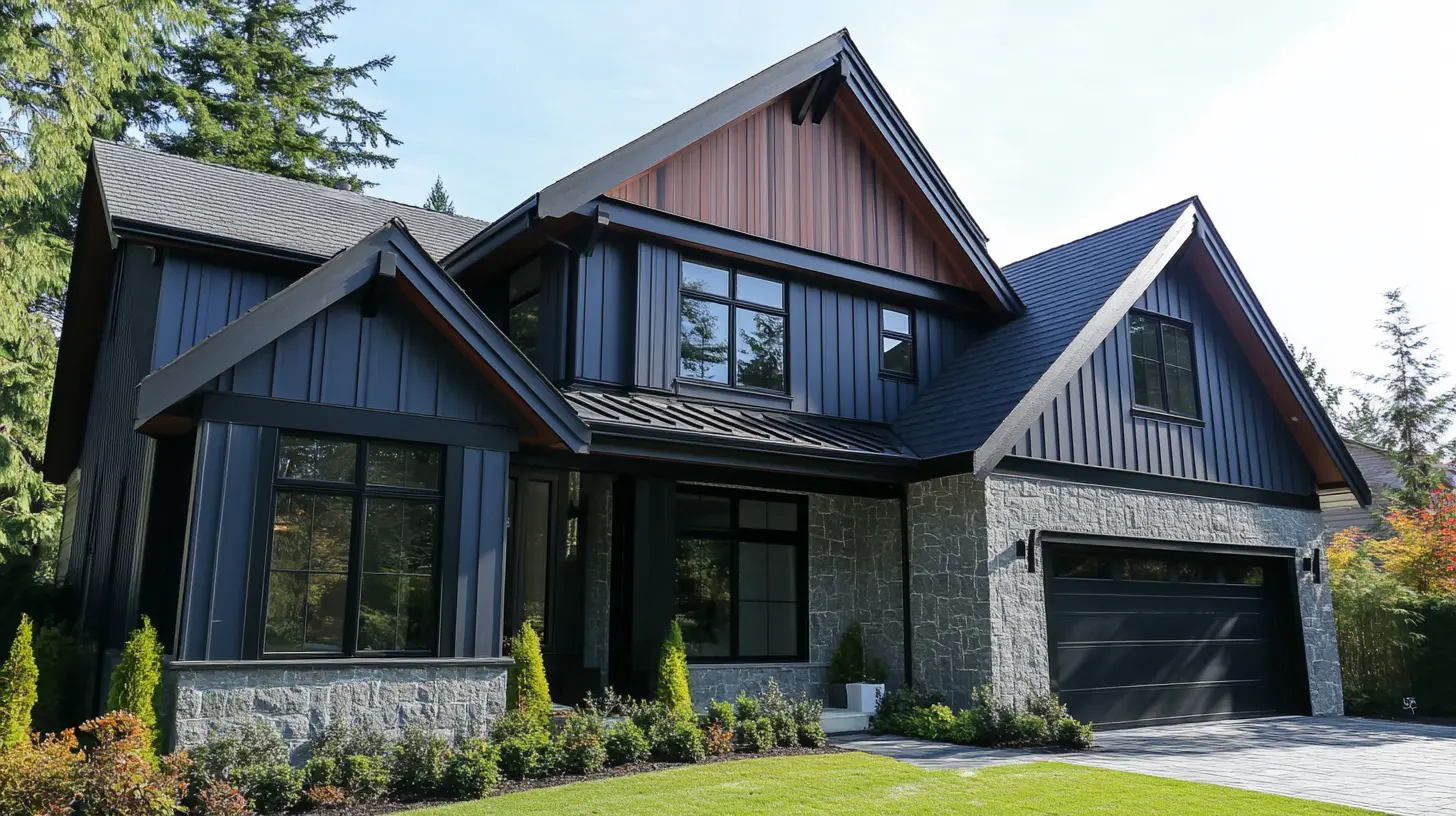
When it comes to choosing a material for the modern exterior of structures, one finds themselves thinking of PVC as a popular option. And indeed, what makes PVC popular is the appeal and the multifaceted benefits it has. The first and foremost benefit of the PVC cladding is that it is long-lasting. PVC does not get rotten, does not play host for pests and is not affected by heavy weather; hence, has a good option for a wide variety of climatic conditions. Keeping up, this life span means reduced maintenance costs in the long run, which allows homeowners simply to enjoy their space rather than worrying on its upkeep. PVC cladding is also among the most versatile materials in design and shape. Today, it even comes in so many colors, textures, and styles, allowing homeowners to develop a style that meets their needs. Therefore, whether users are looking for something sleek and modern in design or rustic in aesthetic, PVC cladding suits many architectures. It's very light, which makes it easier to install and usually requires less specialized labor, leading to more savings. Environmental Terms also mean concerning PVC cladding. Many manufacturers are taking steps toward greening, that is, recycling and producing cladding using those materials to be more energy-efficient. For instance, through insulation improvements, PVC cladding reduces the heating and cooling costs, thus encouraging the more sustainable method in home construction and remodeling. By 2025, combine beauty with durability and sustainability for use in exteriors, making PVC cladding the top choice. It will be quite appealing to homeowners and builders alike.
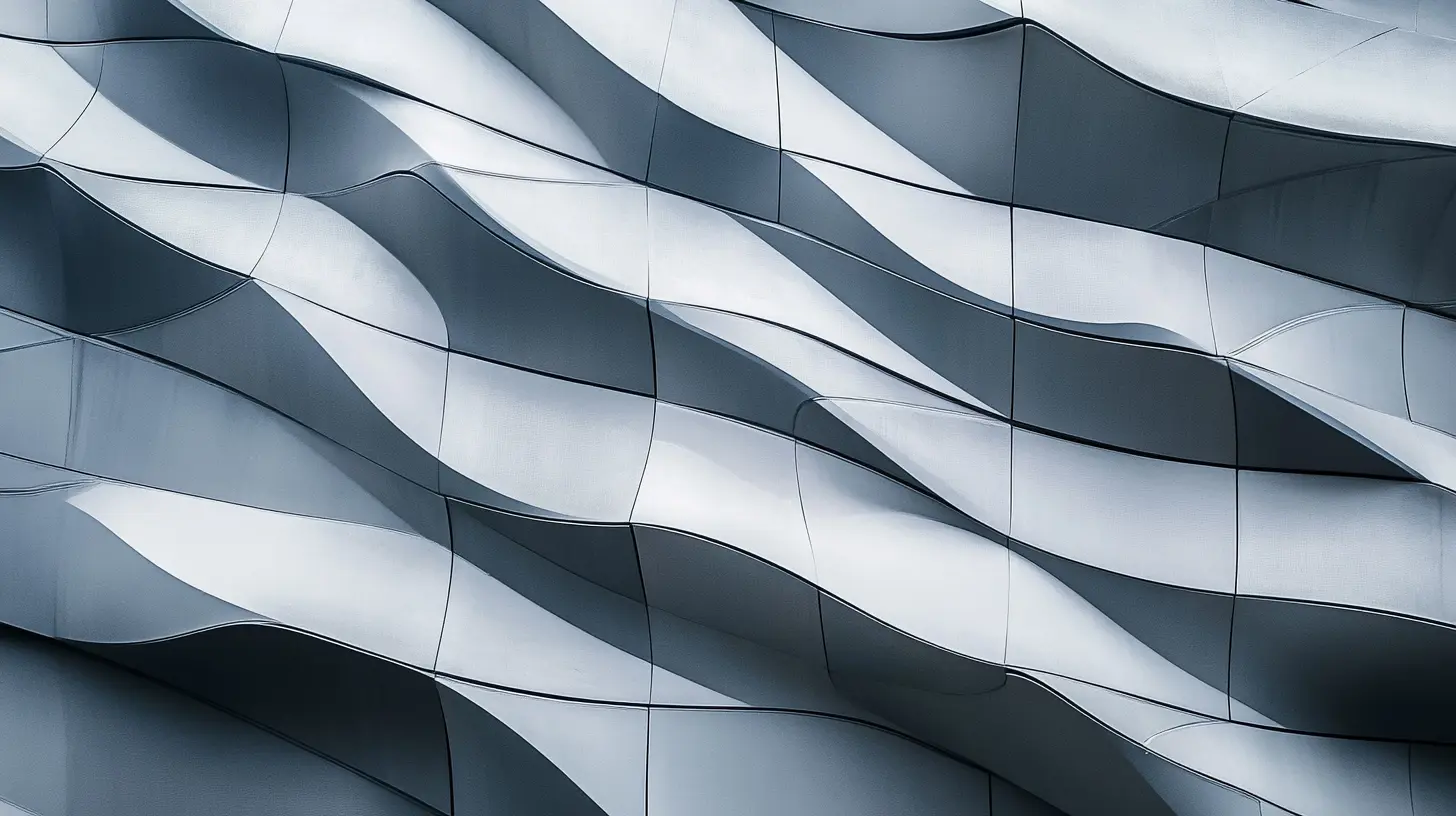
The innovations in PVC cladding that will make the future of exterior design in 2025 quite difference will actually be sustainable materials incorporated into the attractive aesthetic appeal of the design itself. The sway of eco-friendly elements is a major factor in the adoption of new-age PVC cladding-with-recycled-content by homeowners, which is what motivates suppliers to produce it. The change out of what is done with recycled material is that one, besides being environmental friendly, gives a unique appearance by texturing and layering due to the combination of old and new materials.
Texture and color are also great in shaping the trends that will affect PVC cladding in 2025. Reviving appearances with bold and bright colors, a way to make your external space depict your style. Furthermore, manufacturers finetune personalized effects that really imitate natural materials, such as wood and stone, to give the ambience of a traditional material while providing architects and designers with less variable options to create an imaginary dimension. Flexibility means creation.
Apart from this, the modern technologies are making PVC cladding increasingly functional. Advances in smart technologies such as solar panels and weatherproof coatings are increasingly becoming part of dressing systems. These improve not only the performance of the cladding but also contribute to the energy efficiency of houses. One thing is certain as we head on to the year 2025-the future of PVC cladding will be fueled by innovation, sustainability, and design that genuinely aligns with the environment.
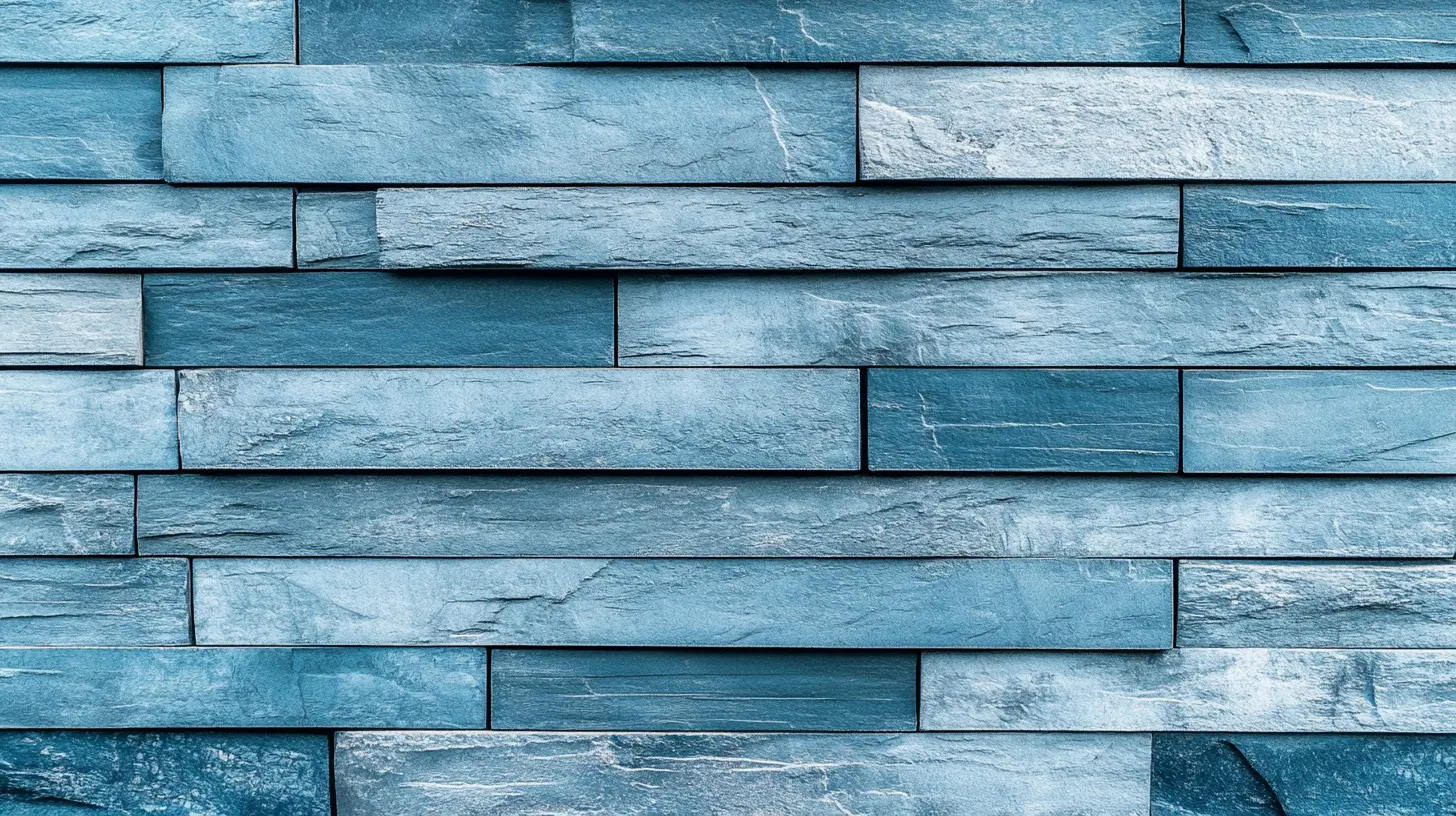
Durability and maintenance outline exterior cladding for homeowners or builders. PVC cladding prevails in these traits and proves to be a superior choice against traditional materials. Wood can warp, with constant repainting, metal can rust throughout, but in weathering the elements, PVC cladding is hardly challenged. If manufactured and technologically advanced, the cladding material is made to weather extremes, stay alive to UV, and endure daily wear and tear while making sure that the aesthetic appeal is still intact for many years.
As demand for PVC wall panels is to grow phenomenally, from USD 5.5 billion in 2024 to USD 8.2 billion by 2033, it is evident that consumers are coming to terms with the many advantages offered by this material. Low maintenance of PVC cladding means that there is hardly any need for sealing and painting. This wonderful benefit saves money for the homeowner, who can take extra peace of mind by enjoying the space without the worries of maintenance.
The fate of PVC cladding is looking ever-brighter with the emergence of new products and innovative designs. Manufacturers are making continual extensions in their product lines to ensure availability of various options for the diverse architectural styles and individual preferences established across countries. By 2025, with every ongoing improvement in durability and design, we can expect PVC cladding to stay at the top of exterior building materials and, hence, a good buy for present construction investments.
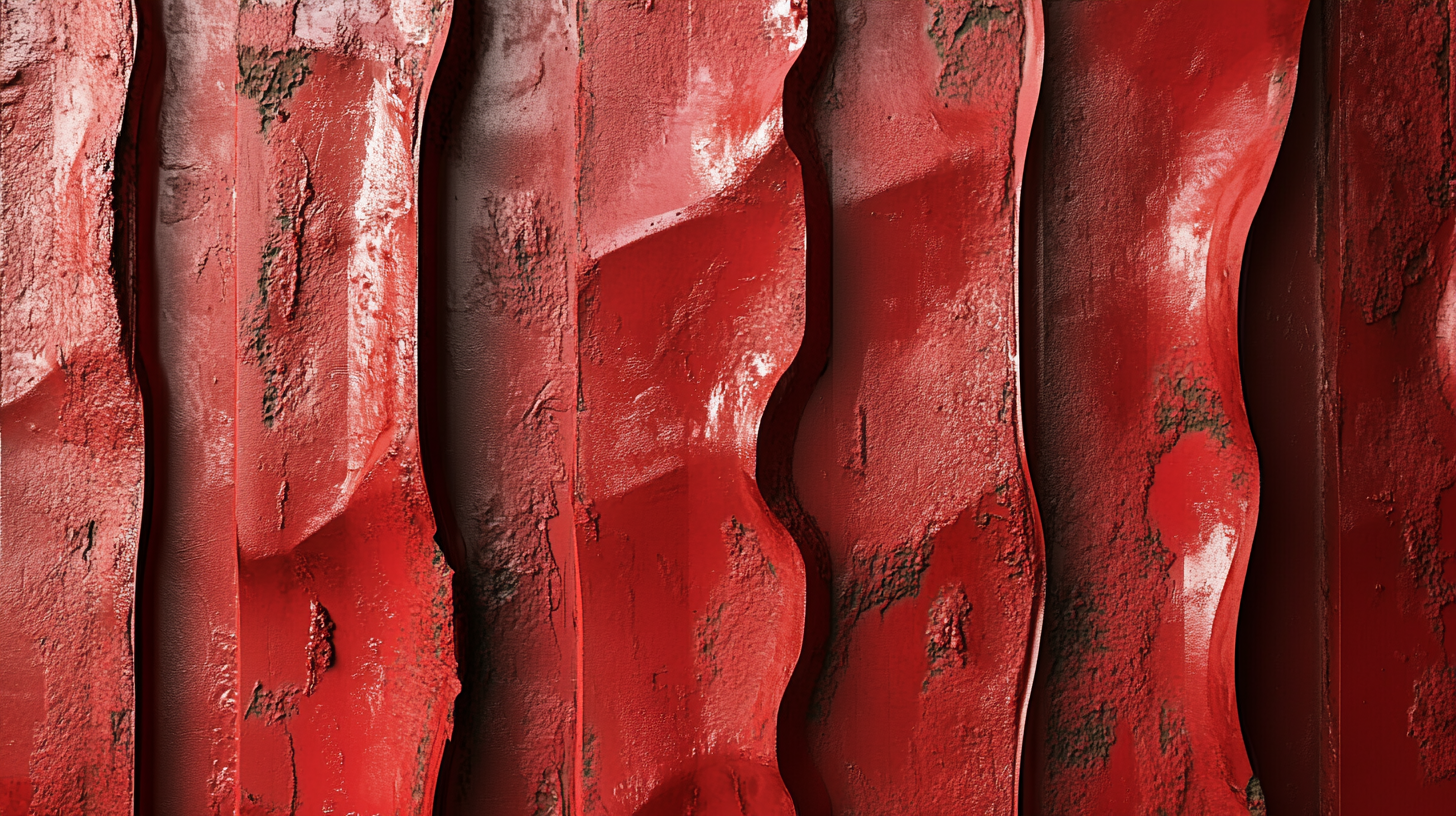
Increasing demand for sustainable building materials processes some exciting offerings for the eco-friendly exterior solutions market, PVC cladding being one of them. PVC cladding has been historically viewed with doubt due to its plastic composition, but great improvements in technology through which PVC is manufactured have today given this material a lower environmental footprint. In fact, most modern-day PVC cladding is made from recycled materials, thereby reducing the need for virgin production and hence conserving a lot of natural resources. This not only minimizes waste but also propagates a circular economy in which materials are reused and repurposed instead of being disposed of.
Maintaining its position as a remarkable green building material, recycled PVC makes a distinguished appearance against other relevant choices in that it is durable and has low maintenance. Because of this durability, buildings clad with PVC will not require replacement on a frequent basis and eventually lead to reduced material wastage over the life of the structure. In addition, many PVC products are manufactured to withstand severe climatic conditions, thereby requiring fewer repairs and replacements and ultimately saving your resources in the long run. This results in great benefits for the environment and also translates into economic savings in the long run, favorable to homeowners and builders alike.
PVC Cladding is one sustainable material manufacturing-wise. Energy consumption and emissions during production are cut by new production methods. The environment sets the benchmark with this green alternative, showing that pretty and useful building materials can coexist with being environmentally considerate. In regards to sustainability, the environment becomes a viable option for true sustainable developers looking for an answer by 2025.
Since the market demand for PVC cladding is changing, it is necessary to keep homeowners and contractors abreast with contemporary installation techniques and updates on materials. The attribute that this material is perceived to provide, that is durability with low maintenance, secures a brighter future for PVC as conditions evolve in the market. The right preparation leads to a perfect installation job.
Market Updates revealed that PVC prices dipped in October, as changes in commodities often reflect such variations in budget items for projects. Thus, when undertaking PVC cladding projects, one has to consider price variations of PVC and the knowledge about the present market should guide one in cost-effective decisions. Also, as the world returns to some robustness in demand for PVC largely from developing markets in Asia, installers will be well placed to build their procurement strategies around that trend.
For the best installation, the newest techniques need to be put into practice. Strategies that allow different techniques for resource mobilization in this are quite effective. Proper surface preparation would be one of them, ensuring adhesion is optimal for the installation and longevity of cladding materials. Indeed, employing state-of-the-art tools and techniques could ensure a more productive and, ultimately, simpler installation process without the pitfalls. Keeping up to date with appropriate resources and attending industry conferences will empower contractors to update themselves regularly and sharpen their skills on the latest methodologies used in PVC cladding installation.
It is very important in any renovation project that involves exterior cladding to provision budget lines for materials such as PVC cladding. The PVC Cladding Association has given an average cost range of $2.50-$5.00 per square foot, depending on the type and finish, in its 2023 industry report. Unlike conventional materials such as wood or stone, which often range above $10.00 per square foot, PVC, therefore, remains a budget option.
Apart from that initial payment, homeowners should also consider the possible extended savings provided by PVC cladding. According to that same report, PVC is resistant to rot, insect action, and weather, resulting in lifetimes above 25 years with little upkeep for the cladding. Thus, this extended life could mean less long-term spending as the homeowner is likely to spend less on repairs and replacement than on other cladding materials. Moreover, the energy efficiency of PVC cladding helps save heating and cooling costs, offering homeowners even more financial benefits.
It is also important to budget for the installation of the PVC cladding as well. Professional installation might run from about $1.50 to $3.00 per square foot, depending upon size and complexity of the local labor market. Some homeowners prefer to install their cladding themselves to save on that cost. But one should remember to factor in costs for tools and the time to do the work, unless those are already available. So that homeowners can make well-informed decisions regarding budget constraints and aesthetic goals in renovations under consideration for 2025, examining such costs with the benefits of PVC will be worthwhile.
The impact of enhancing your house's exterior styling can be big on the cosmetics of PVC cladding. Fast forward to 2025; the market for PVC cladding will be on an upswing; thus, the homeowner will be wooed for various designs that include style and architecture preference for different tastes. From sleek modern lines to rustic finishes, PVC cladding will cater for all different exterior themes so that indeed, every homeowner will find a style that suits them.
In terms of trends, one of the most popular emerging in PVC cladding options is that which boasts a textured surface, made to imitate natural materials such as wood or stone. This softens the harsh appearance of PVC and gives it the fibre warmer and uses charm added by natural traditional materials while keeping its durability and low maintenance aspects. Homeowners could also play around with colors; rich, earthy tones are regaining prominence as a hue of sophistication for easing the overall curb appeal of the home.
Bold and brave colors can also be used to make a statement, adding an exciting touch to your home's exterior. Besides, PVC cladding opens up endless design possibilities from different profiles such as shiplap, tongue-and-groove, or board-and-batten. Every profile has its distinct aesthetic effect, allowing you to alter the facade of your house as per your taste.
With sustainable living being widely embraced in today's environment, this eco-friendliness has also been extended into the PVC cladding for facades market brands, and as a result, the homeowner is attracted much more to the eco-friendly-featured materials. Indeed, the aesthetics of the PVC cladding in your exploration of the future would inspire you to have an impressive exterior that speaks of your own style.
Looking ahead to 2025, PVC cladding will be at the foot of several groundbreaking technological advancements that set to translate the landscape for exterior building materials. There is increasing environmental consciousness and strictures on sustainable development, and therefore advancing PVC will ascertain that they have green credentials manifesting eco-friendliness without compromising the aspect of durability and aesthetics. By 2023, with the market growing by about 5% each year, the VSI report is somewhat inclined toward technological innovations in furthering the integration of recycled materials and increased energy efficiencies within PVC siding.
It is likely that PVC technology in the future may gravitate toward smart materials and behavior toward nature similar to heat and weathering aptitude. A study from the Plastics Industry Association points out that nanotechnological applications with PVC products can raise their life cycle by as much as 25%. This directly heads for more sustainable PVC life by onset of much longer-life materials. Less replacement also means less PVC product trash entered into landfills, an earnest step toward global sustainability end.
Also, the continuous development of manufacturing processes would lead to even more customization of color and design to fit a variety of architectural styles. As per the MarketandMarkets market analysis, color retention and UV stability good for innovation will prove to be key differentiators in product offerings. Beyond the demarcation of color and specific product features, it is today specified that PVC cladding has a very positive sum to offer modernized urban architectures in incredibly responsible yet aesthetic ways.
PVC cladding outperforms traditional materials by being resistant to warping, rust, and requiring minimal maintenance. It withstands weather extremes and UV exposure, ensuring its aesthetic appeal over time.
The average cost of PVC cladding ranges from $2.50 to $5.00 per square foot, which is more budget-friendly compared to traditional materials like wood or stone, often exceeding $10.00 per square foot.
PVC cladding can last over 25 years with minimal maintenance, making it a durable choice that reduces the need for repairs and replacements historically associated with other materials.
Yes, PVC cladding offers long-term savings as it is resistant to rot and insects, leading to a lower need for repairs. Additionally, its energy efficiency can result in reduced heating and cooling bills.
Professional installation of PVC cladding typically ranges from $1.50 to $3.00 per square foot, depending on project complexity. Some homeowners may choose to DIY, but should consider tools and time needed.
Yes, the demand for PVC wall panels is projected to grow significantly, reflecting an increasing recognition of its benefits among consumers, predicting a market growth from $5.5 billion in 2024 to $8.2 billion by 2033.
PVC cladding requires minimal maintenance, eliminating the need for regular sealing or painting, making it easier for homeowners to manage compared to wood or metal that often needs frequent attention.
Manufacturers are continuously expanding their product offerings with innovative designs, ensuring that PVC cladding remains versatile and suitable for various architectural styles and personal preferences.
Due to its durability, low maintenance needs, long lifespan, and aesthetic appeal, PVC cladding is seen as a smart investment that effectively meets the demands of contemporary building needs.
Given its numerous benefits and advancements in manufacturing, it is expected that PVC cladding will remain at the forefront of building materials for exteriors, especially as enhancements in durability and design continue.

